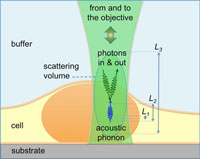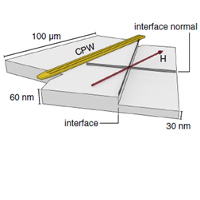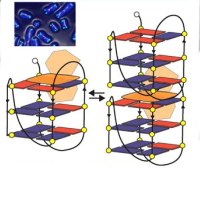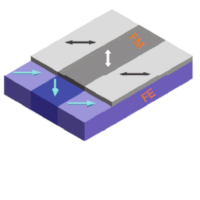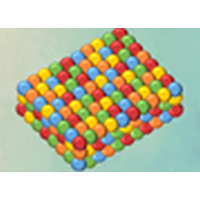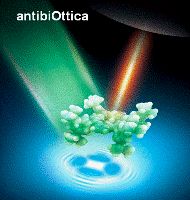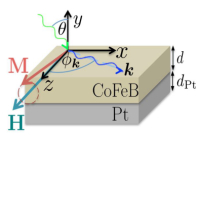Experimental and theoretical analysis of Landauer erasure in nano-magnetic switches of different sizes
Bistable nanomagnetic switches are extensively used in storage media and magnetic memories, associating each logic state to a different equilibrium orientation of the magnetization. Here we consider the issue of the minimum energy required to change the information content of nanomagnetic switches, a crucial topic to face fundamental challenges of current technology, such as power dissipation and limits of scaling. The energy dissipated during a reset operation, also known as “Landauer erasure”, has been accurately measured at room temperature by vectorial magneto-optical measurements in arrays of elongated Permalloy nanodots.
Both elliptical and rectangular dots were analysed, with lateral sizes ranging from several hundreds to a few tens of nanometers and thickness of either 10 nm or 5nm. The experimental results show a nearly linear decrease of the dissipated energy with the dot volume, ranging from three to one orders of magnitude above the theoretical Landauer limit of kBT×ln(2).These experimental findings are corroborated by micromagnetic simulations showing that the significant deviations from the ideal macrospin behavior are caused by both inhomogeneous magnetization distribution and edge effects, leading to an average produced heat which is appreciably larger than that expected for ideal nano switches.
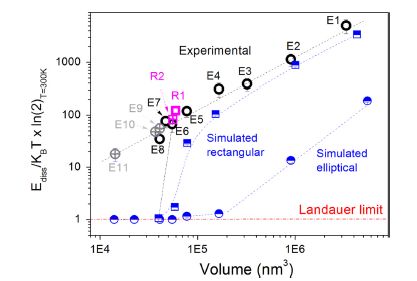
In the figure above it is shown the measured values of the dissipated energy during Landauer erasure: open black and grey crossed circles are for 10nm and 5 nm elliptical dots, respectively. The open and crossed magenta squares are for 10nm and 5nm thick rectangular dots,respectively. The results of simulations relative to elliptical and rectangular dots, 10nm thick, are shown as half-filled blue circles and squares, respectively. The dashed lines are guides to the eye.
Principal publication and authors:
L. Martini, M. Pancaldi, M. Madami, P. Vavassori, G. Gubbiotti, S. Tacchi, F. Hartmann, M. Emmerling, S. Höfling, L. Worschech, and G. Carlotti Nano Energy(2016) 19, 108–116 - https://dx.doi.org/10.1016/j.nanoen.2015.10.028

